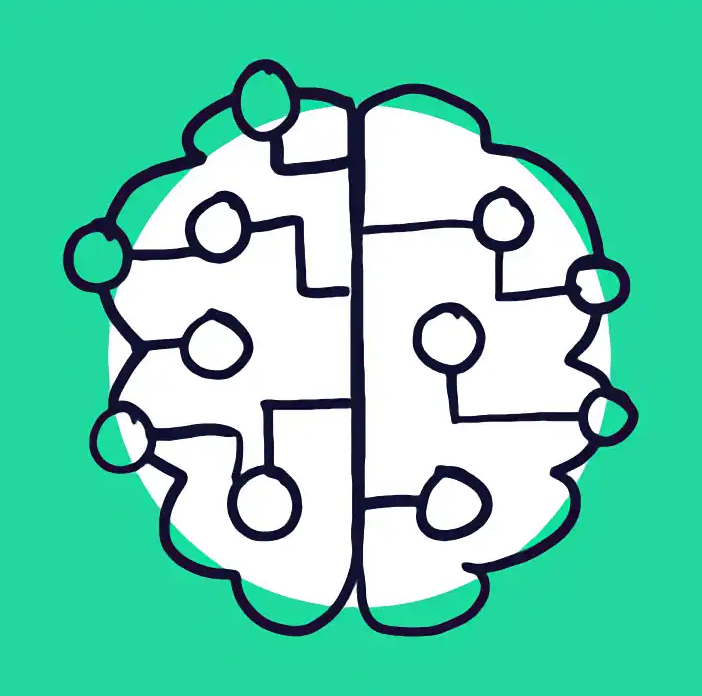In the last blog, we briefly touched on the different types of AI. In this post, we’re going to dive deeper into some of these concepts, explaining Narrow AI vs. General AI, Machine Learning, Deep Learning, and Neural Networks. Understanding these differences will give us a clearer picture of how AI is shaping our world.
Narrow AI and General AI
Narrow AI (Weak AI) Narrow AI is designed to perform a specific task or a narrow range of tasks. It doesn’t possess general intelligence or awareness but mimics human intelligence based on conditions, parameters, and contexts. It is designed to functions like an internet search, image or speech recognition. It is the constraints that lead people to refer to these functions as ‘narrow’ or ‘weak’. Almost every Machine Learning enabled system we see today depends on narrow artificial intelligence.
Some examples include Google Translate, virtual assistants and recommender systems like Amazon, Spotify, and Netflix to recommend what products and services we might like.
Since they pull information from a particular dataset, they can carry out only the duties for which they have been programmed. That means it can handle abstract questions with detailed responses. However, if we try to ask these types of questions, we often receive vague answers or answers sourced from the internet, which can sometimes lead to incorrect information.
Narrow AI is where we are, and General AI is where we want to head towards, and every minor success in narrow AI is typically a stepping stone toward it. Artificial General Intelligence is known as “strong AI” and allows machines to apply knowledge and skills in different contexts. It aims to understand, learn, and apply knowledge across a wide range of tasks without human intervention, addressing many of the problems associated with narrow AI. For example, while narrow AI focuses on a single task, its algorithm’s performance can degrade with slight changes, as it is only programmed to achieve its specific goal without accounting for unintended actions. We will be able to interact with General AI through chatbots that employs Natural Language Processing to interpret human speech and generate responses. It could independently formulate a reply without relying on others’ opinions. Additionally, it would comprehend the possible implications of its statements.
To understand the journey from Narrow AI to General AI, we need to look at the core technologies driving these advancements: Machine Learning (ML), Deep Learning (DL), and Neural Networks (NN). Narrow AI, which focuses on specific tasks, is what we see most commonly today. However, ML, DL, and NN are the key building blocks that could lead us to General AI, capable of human-like intelligence and versatility. By exploring these technologies, we can see how they’re shaping the future of AI and moving us closer to achieving more advanced, general intelligence.
Machine Learning (ML)
Machine Learning is a branch of artificial intelligence (AI) that focuses on creating systems that can learn from and make decisions based on data. The key idea is that instead of explicitly programming a system for every possible scenario, we build models that can adapt and improve from experience.
Types of Machine Learning:
- Supervised Learning: In supervised learning, the model is trained on a dataset that includes both the input data and the corresponding correct output (labels). The goal is for the model to learn the mapping from inputs to outputs so it can predict the output for new, unseen data.
- Unsupervised Learning: In unsupervised learning, the model is given a dataset without labeled outputs. The goal is to identify patterns, structures, or relationships within the data. For example, by analyzing purchasing behavior, demographic data, and browsing patterns, the model can group customers into distinct segments with similar characteristics.
- Reinforcement Learning: In reinforcement learning, the model (often called an agent) learns by interacting with an environment and receiving feedback in the form of rewards or penalties. The agent’s objective is to learn a policy that maximizes the cumulative reward over time.
Deep Learning (DL)
Deep Learning is a specialized subset of machine learning that uses neural networks with many layers to handle complex data. These networks can automatically learn to extract features and represent data at multiple levels of abstraction, making them particularly powerful for tasks involving large amounts of structured or unstructured data.
Applications:
- Natural Language Processing (NLP): Used in language translation, sentiment analysis, and chatbots. For instance, deep learning models can translate text from one language to another or determine the sentiment of a piece of text (positive, negative, neutral).
- Computer Vision: Used in tasks like object detection in images, autonomous vehicles, and medical image analysis. Deep learning models can identify objects in pictures, detect obstacles for self-driving cars, and help diagnose diseases from medical scans.
- Speech Recognition: Converts spoken language into text. Applications include virtual assistants (like Siri and Alexa) and automated transcription services.
Neural Networks (NN)
Neural Networks are the backbone of deep learning, inspired by the structure and function of the human brain. They consist of interconnected nodes (neurons) organized in layers.
Components:
- Neurons (Nodes): Basic units that receive input, process it (usually through a weighted sum and an activation function), and pass the output to the next layer.
- Layers:
- Input Layer: The layer where the initial data is fed into the network.
- Hidden Layers: Intermediate layers where the data is processed and features are extracted. The term “deep” in deep learning refers to having many hidden layers.
- Output Layer: Produces the final output of the network, such as a prediction or classification.
Types of Neural Networks:
- Feedforward Neural Networks (FNNs):
- Description: Data flows in one direction from the input layer to the output layer through hidden layers. These are the simplest type of neural network.
- Application: Used for tasks like image classification and simple regression problems.
- Convolutional Neural Networks (CNNs):
- Description: Designed specifically for processing grid-like data such as images. They use convolutional layers to automatically and adaptively learn spatial hierarchies of features.
- Application: Image recognition, object detection, and tasks involving visual data.
- Recurrent Neural Networks (RNNs):
- Description: Designed for sequential data where the order of the data points matters. They have connections that form directed cycles, allowing them to maintain a memory of previous inputs.
- Application: Time series forecasting, natural language processing tasks like text generation and translation.

